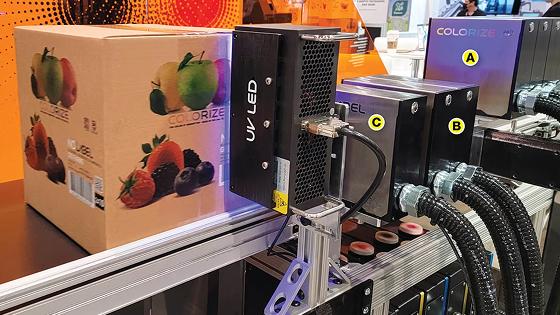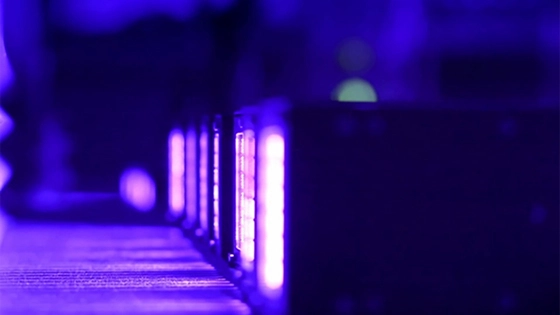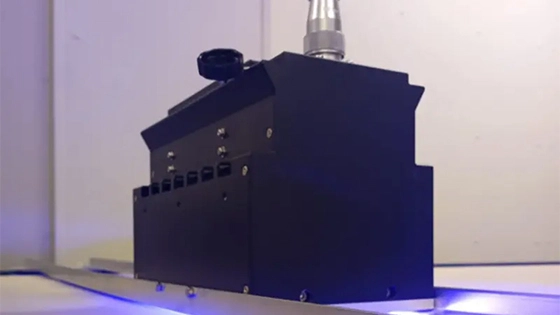The Importance of Checking UV Intensity for UV LED Curing Lamps
Understanding UV LED Curing Lamps in Inkjet Printing
In inkjet printing, the use of UV LED curing lamps has gained considerable traction due to their improved efficiency and effectiveness in curing inks. However, to ensure optimum curing, it is imperative that the UV intensity of the UV lamp is regularly assessed. This practice is essential to ensure the quality and consistency of the curing process during printing.
Why UV LED Lamps Are Popular in the Printing Industry
UV LED curing lamps are widely used in the printing industry for their ability to instantly cure inks and coatings, resulting in faster production times and improved print quality. These lamps emit ultraviolet light, which initiates a photochemical reaction in the ink, causing it to cure and adhere to the substrate. However, the effectiveness of the curing process is directly dependent on the UV intensity emitted by the lamp.
The Importance of Regular UV Lamp Intensity Checks
One of the main reasons why ink curing requires frequent UV lamp intensity checks is the potential for degradation over time. UV LED lamps experience a gradual decrease in UV output as they age, which can have a significant impact on curing performance. By regularly monitoring UV intensity, printers can identify any decline in output and take proactive measures to maintain the effectiveness of the lamp.
Factors Affecting UV Intensity and Curing Quality
- Temperature: Changes in temperature can affect the lamp’s performance.
- Humidity: High humidity can also cause inconsistencies in the curing process.
- Operating Conditions: Variations in printer settings can affect UV output.
By monitoring UV intensity, printers can make adjustments to ensure curing conditions remain optimal, preventing potential problems with ink adhesion and print durability.
Ensuring Compliance with Industry Standards
In addition to maintaining curing efficacy, UV lamp intensity control is critical to ensure compliance with industry standards and regulations. Many printing applications require specific UV dosages to achieve the desired curing results. Regular monitoring of UV intensity allows printers to confirm that the lamp is performing as required, ensuring that printed products meet quality standards and durability expectations.
Tools for Monitoring UV Intensity
To effectively monitor the UV intensity of UV LED curing lamps, printers can use UV radiometers, which are specialized instruments designed to measure UV output. These devices provide accurate readings of UV intensity, allowing printers to assess the performance of their curing lamps and make informed decisions regarding maintenance and adjustments.
The Impact of UV Intensity on Inkjet Printing Quality
In summary, the curing effect of printing inks is highly dependent on the UV intensity of the UV LED systems. By frequently checking UV intensity, printers can proactively maintain the effectiveness of the curing process, address potential degradation or variation, and ensure compliance with industry standards. Ultimately, this practice contributes to consistent print quality, improved adhesion, and the overall success of inkjet printing applications.






